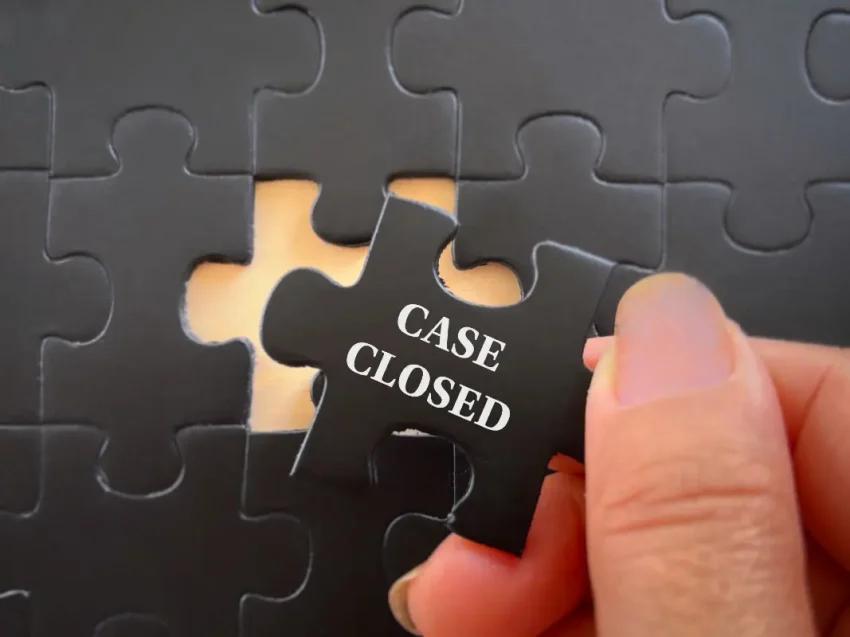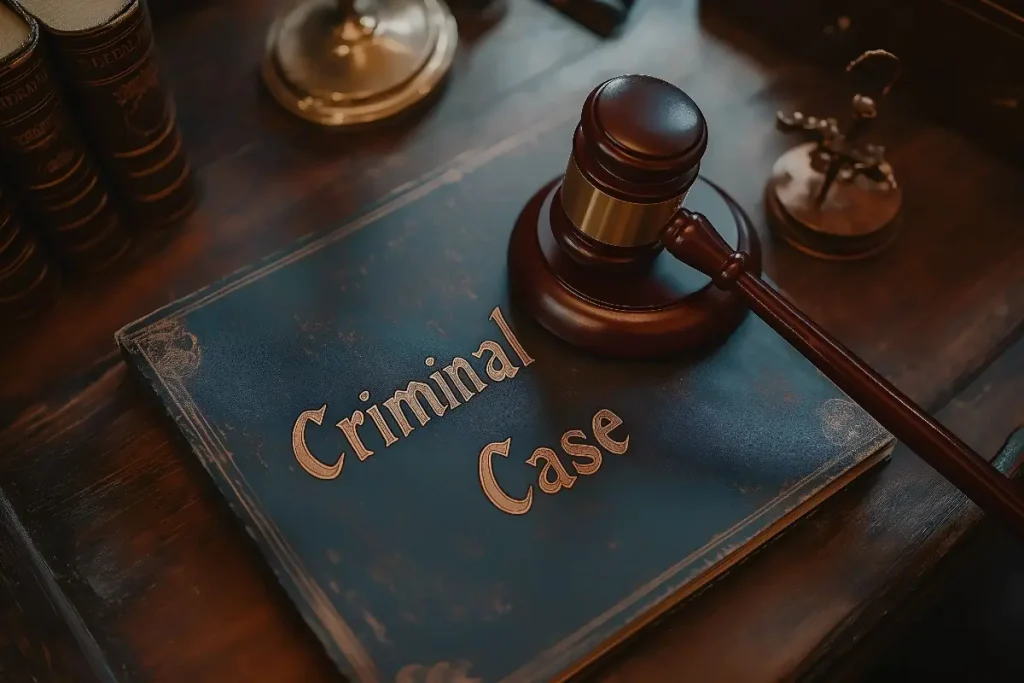How To Get Criminal Charges Dismissed With Visual Evidence

Facing criminal charges can be an overwhelming experience, but visual evidence can play a crucial role in building a strong defense. Surveillance footage, photographs, and video recordings can provide undeniable proof that contradicts the prosecution’s claims.
When used effectively, such evidence may lead to reduced penalties or even a complete dismissal of charges. Understanding how to leverage visual evidence is essential for anyone navigating the legal system.
Read on to learn how to get criminal charges dismissed with visual evidence.
Contents
The Importance of Visual Evidence in Criminal Cases
Visual evidence typically serves as an impartial witness, capturing events exactly as they occurred. Unlike witness testimony, which can be unreliable due to memory lapses or biases, video and photographic evidence can provide an objective record. Courts tend to give substantial weight to such materials, especially when directly contradicting the prosecution’s narrative.
Furthermore, there are different types of visual evidence that can help dismiss charges for a criminal offense. These include:
- Surveillance Footage: Surveillance footage from businesses, traffic cameras, or private security systems can establish precise timelines and locations, refuting false allegations. High-quality recordings may show a defendant’s absence from a crime scene or reveal witness misidentification, creating reasonable doubt and strengthening the defense’s argument for dismissal.
- Body Camera & Dashcam Videos: Police body cameras and dashcams typically capture critical interactions during arrests. If footage reveals unlawful stops, coerced confessions, or improper legal procedures, it can undermine the prosecution’s case. Such evidence may lead to suppressed charges or outright dismissal if constitutional rights violations are proven.
- Cell Phone Videos: Bystander-recorded cell phone videos can provide unfiltered accounts of incidents, such as fights or arrests. These recordings may prove self-defense, lack of criminal intent, or police officer brutality, directly contradicting official reports and weakening the prosecution’s claims.
- Photographic Evidence: Time-stamped photos can confirm alibis, document injuries, or expose inconsistencies in witness statements. Whether proving a defendant was elsewhere during a crime or revealing staged evidence, photographs can serve as compelling visual proof that can dismantle the prosecution’s narrative and lead to case dismissal.
However, for those dealing with criminal allegations, securing legal help for criminal charges in Orange County or similar locations can make a significant difference in case outcomes. An experienced criminal defense lawyer can analyze visual evidence, challenge its authenticity, and present it persuasively.
Steps to Use Visual Evidence Effectively

Visual evidence can be a game-changer in criminal cases but only if handled correctly. To maximize its impact, it’s essential to follow key steps to ensure that video, photos, and recordings are held up in court to create doubt in the prosecution’s case and increase the chances of dismissal. These steps include:
1. Preserve the Evidence Immediately
Time is critical when dealing with visual evidence. Surveillance footage, phone videos, and photos must be secured before automatic deletion or overwriting occurs. Original files with intact metadata, including timestamps, device information, and GPS data, carry more weight in court. Failing to preserve evidence promptly could mean losing crucial proof forever. As such, investing in backups and document collection methods is important.
2. Verify Authenticity and Chain of Custody
For visual evidence to be admissible, courts need assurance it hasn’t been manipulated. Digital forensic specialists examine files for signs of tampering, such as altered timestamps or edited frames. A well-documented chain of custody, such as tracking who accessed the evidence and when, can prevent disputes over its integrity. Without proper authentication, key evidence may be thrown out.
3. Analyze the Evidence for Key Details
A thorough case review of visual evidence can expose flaws in the prosecution’s case. Aside from procedural errors, attorneys and experts can examine footage frame-by-frame, looking for obscured faces, continuity errors, or suspicious edits. Blurry images, mismatched timestamps, or missing segments can also undermine the narrative against the defendant, creating enough doubt to challenge the charges effectively.
4. Present the Evidence Strategically in Court
Simply submitting videos or photos isn’t enough as they must be presented with impact. Defense attorneys use visual evidence to contradict witness accounts, expose officer misconduct, or reconstruct events in the defendant’s favor. Expert witnesses may clarify technical details, like camera angles or digital artifacts, ensuring the jury understands why the evidence supports dismissal.
Potential Challenges with Visual Evidence
Despite its advantages, visual evidence isn’t foolproof. Poor-quality footage, partial recordings, or ambiguous angles can be exploited by prosecutors. Additionally, some jurisdictions have strict rules regarding the admissibility of privately recorded videos. A knowledgeable attorney can navigate these hurdles effectively.
The Role of a Criminal Defense Attorney
A skilled legal team amplifies the power of visual evidence through decisive measures. First, they file motions to suppress footage obtained unlawfully, such as through warrantless surveillance or privacy violations. Next, digital forensic specialists are engaged to clarify blurry images, verify timestamps, and confirm the evidence’s authenticity.
Most crucially, criminal defense attorneys can meticulously cross-examine witnesses whose testimony contradicts what videos or photos clearly show, exposing inconsistencies that undermine the prosecution’s case. These coordinated efforts can transform raw visual data into compelling legal arguments that can dismantle charges and secure favorable outcomes.
By systematically challenging improper evidence while validating and strategically presenting exculpatory visuals, defense teams can create the strongest possible case for dismissal.
Final Thoughts
Visual evidence can be a powerful tool in getting a criminal case dismissed, but its success depends on proper collection, authentication, and presentation. Defendants should act swiftly to secure and analyze any available footage or images that support their case. By keeping the information mentioned above in mind, many individuals have successfully cleared their names and avoided wrongful convictions.



